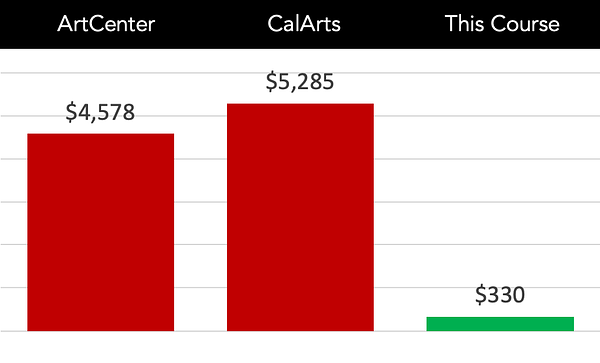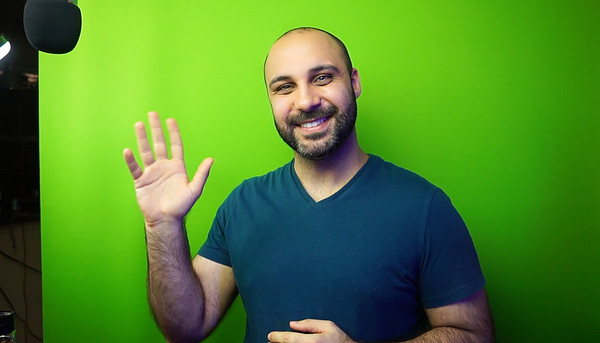Med's Map
Buy now, split payments with Afterpay
If you want to become a professional illustrator or concept artist, you need a clear map of how to get there. This course is for artists, like you, who understand learning takes dedication, practice, and trial & error.
You'll get 15 tutorial lessons with guided assignments for each lesson. You can work at your own pace, but each lesson is designed to take you a week. Think of this like a college-level course (but at a fraction of the cost).
Each lesson gives you step-by-step explanations for the elements of digital painting.
Over the course of 15 lessons, we'll cover the basic foundations, then work up to creating complex faces, lighting, concepts, and even stories.
I've adapted the concepts I used to teach at ArtCenter into this online course. You can expect the same structure, instruction, and rigor as a college-level course.
About me! I'm Ahmed Aldoori. You might know me from the following.
- Former instructor at ArtCenter College of Design, where I taught Concept Design, Design Process, and Dramatic Narrative
- Concept artist for movies, theme parks, and video games, including Guild Wars 2
- World champion at Limits / Digital Art Battle 🏆
- But I'm proudest of the impact I've had on YouTube, where my tutorial videos have helped hundreds of thousands learn the art of digital painting
"Can I use Procreate? Are your brushes compatible with other painting software?"
Yes! Aside from Photoshop, you can use Clip Studio Paint and Procreate. Many students are using an iPad to follow the course.
What you'll get!
- 15 lessons through online tutorial videos
- 15 assignments to apply these techniques
- My new custom brush pack
- Custom photo reference pack
- My PSD files from each lesson (when available)
- This version of the course includes the following extras:
- 6 classic Gumroad tutorials (35+ extra hours of content)
- Character Portraits
- Staging Your Characters
- Composition
- Focal Points
- Masks and Gold
- Tiefling Portrait
- 5 hours of bonus real-time process footage
Yes! Aside from Photoshop, you can use Clip Studio Paint and Procreate. Many students an iPad to follow the course.
All skill levels are welcomed to take the course. It would be preferred to have a basic understanding in painting.
No, however there is the community where you can get feedback from fellow peers.
I've design the course to be taken through a 14 week period, however each student can go at there own pace.
Yes.
Yes! Grafit Studio shot an exclusive photo pack of male and female heads in various lighting specifically for this course.
Yes, all of the lessons being taught have a foundation in oil, acrylic and gouache.
All the lessons included in the "Introduction" through "Shape Design" lesson groups are currently captioned in both English and Portuguese.
You can find this material in the downloads tab of the Watch This First lesson.





